
We break down the cost to remove bamboo, which is slightly higher than other forms of tree removal. It's a difficult DIY task because of bamboo's hardy underground roots.
Give that buck and doe the ol’ heave-ho


The exhaustive hours spent landscaping, the attention and care put into gardening—all of it can be undone if deer wander onto your property. Many popular outdoor plants like roses, rhododendrons, and hydrangea attract deer, becoming tasty treats for those voracious herbivores instead of beautiful blooms for your table. To protect your property, try planting specimens that deer won’t touch—or might even send them running for the hills. We researched and rounded up 10 effective deer-repellent plants below.
Like most animals, deer are motivated by food. They gravitate toward the scent of things to eat, whether that’s fruit or certain flowers, and may return to your yard if they find the prize they’re looking for. Some of the most common deer attracters are fruit trees, berry bushes, sunflowers, tulips, and clovers.
Similarly, deer are more likely to congregate on a property with an accessible water source, like a pond or creek.
Finally, deer are a well-known prey species, so they prefer areas where they feel safe. This means homes with tall grass, tree cover, and no pets. If deer have wreaked havoc on your yard beyond what you’re up to repairing, contacting a landscaper near you might be worth it.
Out of the hundreds of deer-resistant and deer-repellent plants out there, these are 10 of our favorites.
The fragrance of this flowering perennial is soothing to people but unpleasant to deer. Plant it in the spring after the chance of frost and say goodbye to any antler-adorned visitors. Lavender is a low-maintenance plant that doesn’t need to be watered often, so it’s an easy addition to most yards. It grows best in arid climates with a lot of direct sunlight.
Rosemary is already a practical herb to plant around the house since it can be used in many delicious meals. Adding in how effectively it wards off deer makes it even more worthwhile. Native to areas near the Mediterranean Sea, rosemary grows best in well-drained soil with plenty of sun.
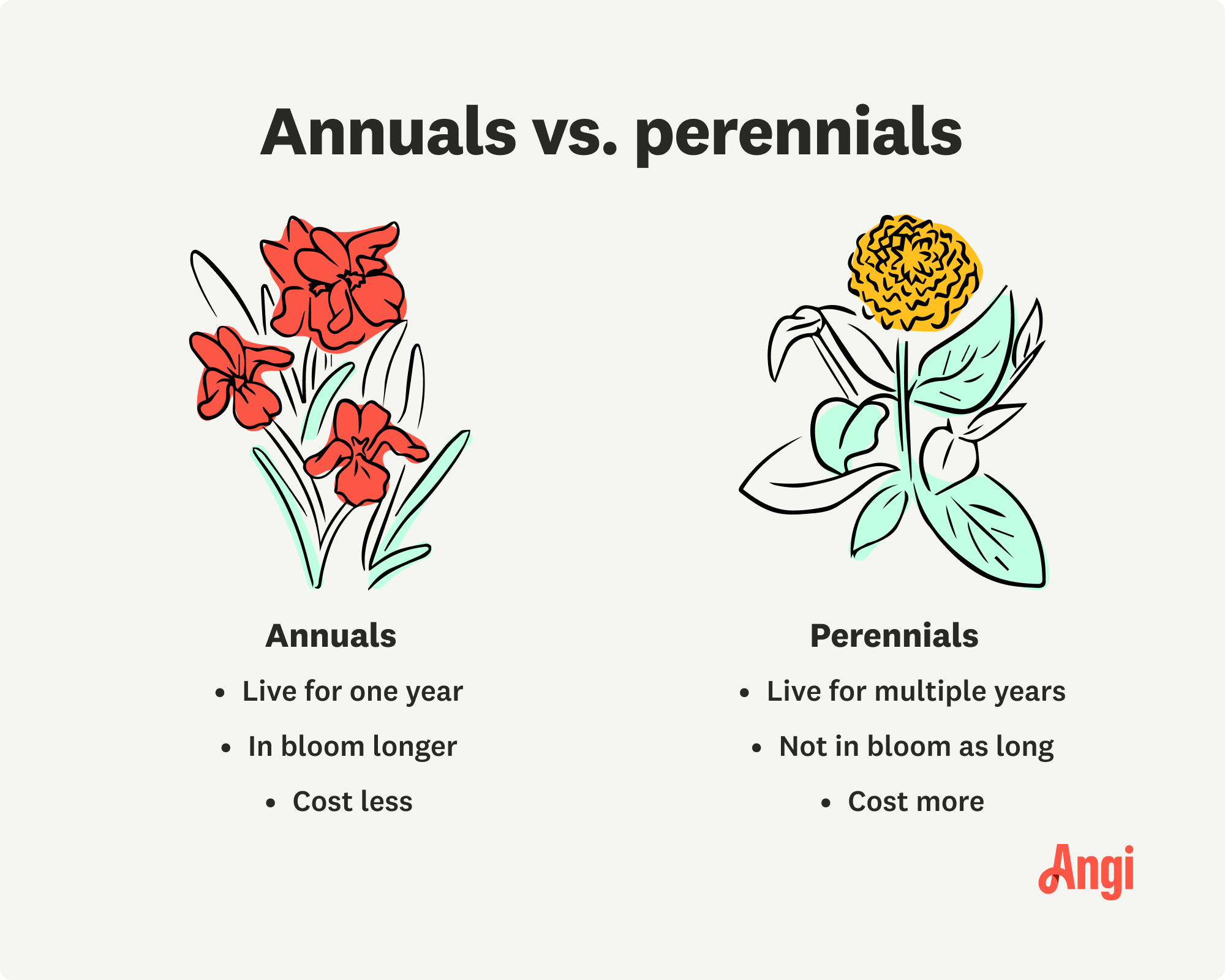
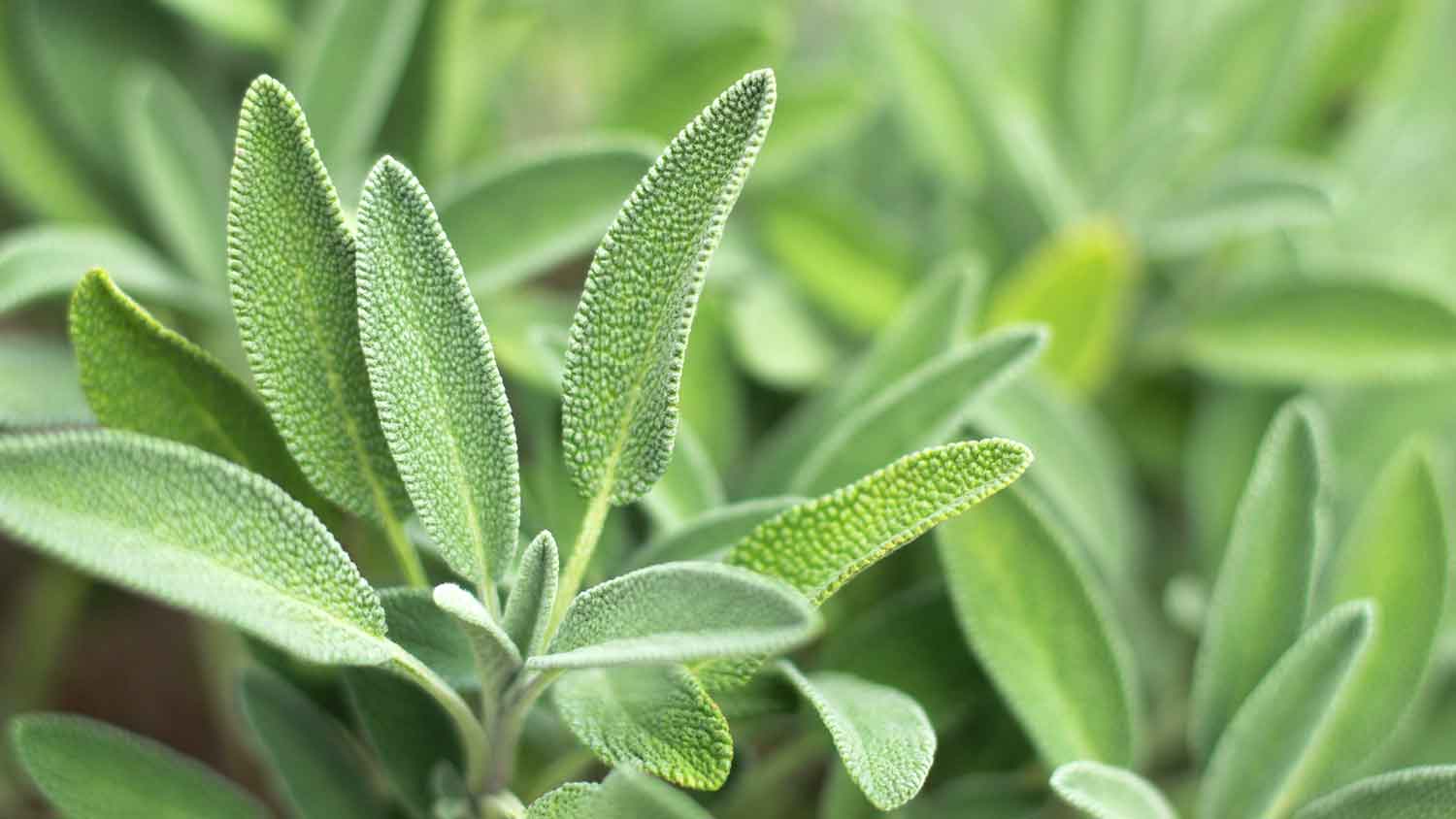
If you’re looking for a hardy evergreen to keep deer out of your garden, sage is one of the best options. The scent generally repels deer and—even if a stray whitetail gets close to your sage plants—the fuzzy leaves stop them from snacking.
Mint is yet another fragrant herb that deer detest. It grows well in various climates, with many varieties to choose from. Just keep an eye on where you plant mint because it’s extremely invasive.
Bee balm is part of the mint family and emits a citrusy smell reminiscent of bergamot. It stays in bloom throughout the summer and will add bursts of pink, purple, and crimson to the yard. If you miss a season, bee balm can be planted in the spring or early fall.
The smell of poppies can deter deer, but what really makes animals stay away is the toxic effect caused by ingesting this flower. It’s not potent enough to severely harm deer, but it will make them rethink visiting that same garden again. Poppies are easy to grow and come in an array of colors. One of the few downsides is their short flowering time.
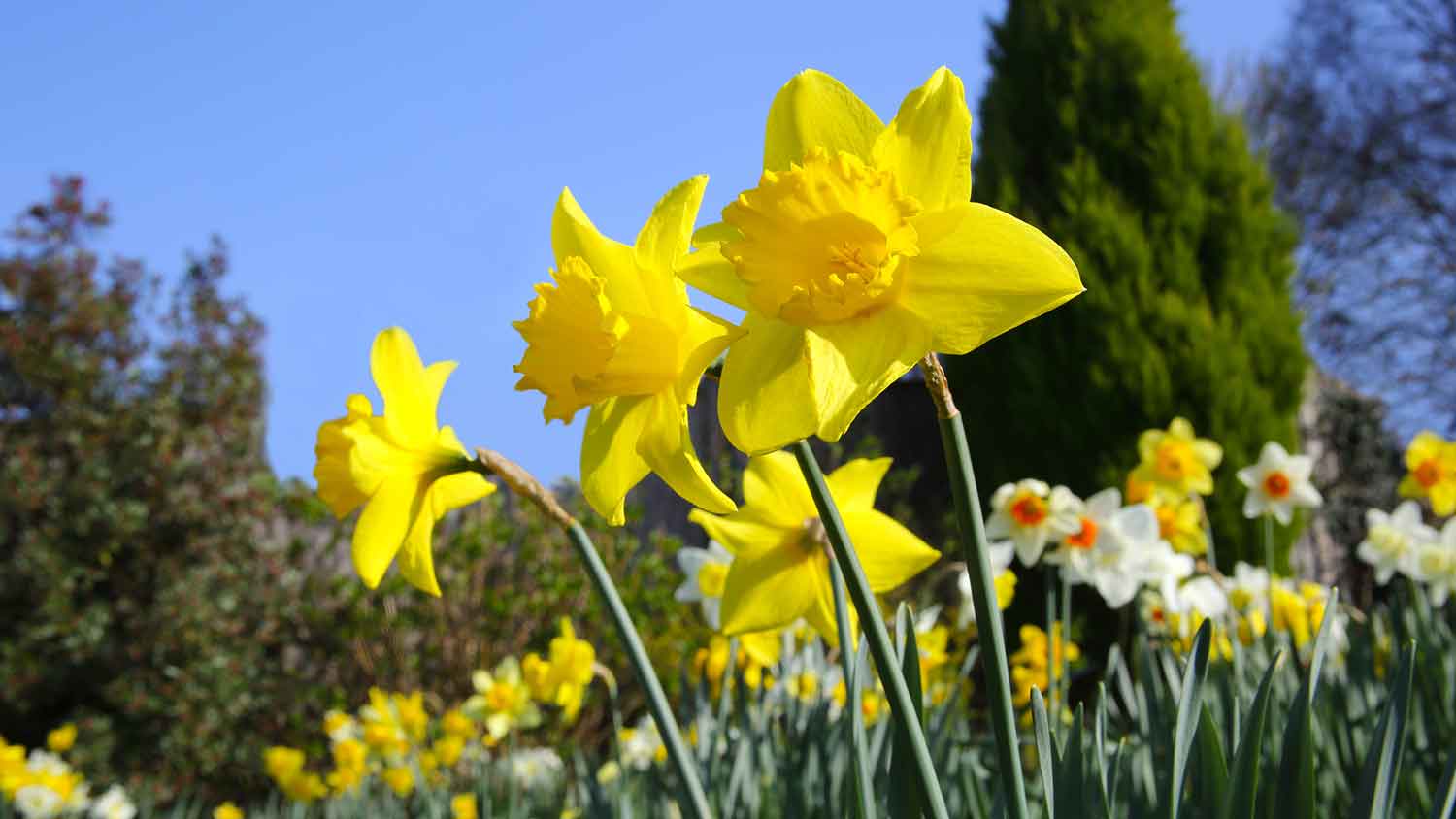
Daffodils signal the beginning of spring, as they’re one of the first flowers to bloom in the season. On top of that, deer rarely touch them. The bulbs are poisonous to rodents, making them one of the top plants that keep pests away.
These vibrant flowers are deer-resistant thanks to their odor, stiff leaves, and stems. The best time to plant irises depends on where you live and what species you’re growing, but generally, late July to mid-September is recommended. Bearded irises are a great species to start with since they’re one of the most popular and easiest to grow.
Lamb’s ear doesn’t necessarily repel deer since it doesn’t have a strong fragrance, but it is certainly deer-resistant. One lick of these fuzzy evergreens is spiky and painful enough that deer won’t try it twice. It can also make them leery of other nearby plants in your yard. Rabbits notoriously steer clear of Lamb’s Ear, too.
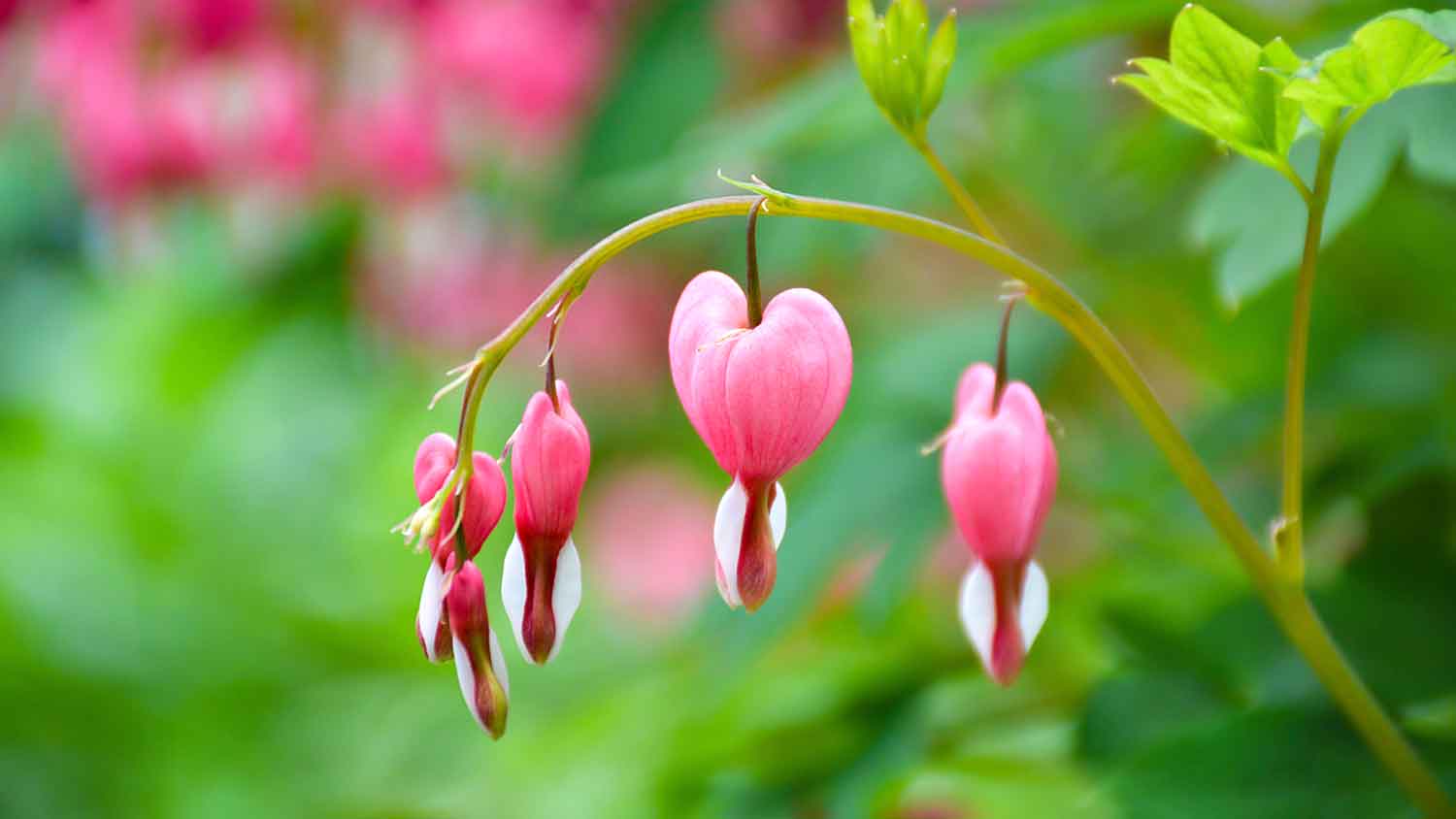
These uniquely shaped perennials contain a toxic alkaloid that prevents deer and many other pests from munching on them. Bleeding hearts are a great option if you’re looking to grow a deer-repellent plant in a shady spot. No significant pruning is needed, either.
Here are a few alternative ways to keep deer out, whether you try them on their own or pair them with deer-repellent plants.
The most effective method is to build a deer fence for your yard or garden. A simple wooden fence would help, at the very least, if not keep deer out entirely. Vinyl, chain-link, and mesh fences are effective, too.
Be sure your fence is high enough that deer can’t jump over it; aim for something at least six feet tall.
Many brands sell deer repellents that can be sprayed directly onto plants. They usually cost between $10 to $30, which is well worth it to preserve your garden.
Just like fragrant plants, soap with a strong scent tends to repel deer. You can scatter shavings throughout your garden or place full bars of soap in a mesh bag and hang them. Irish Spring is the go-to brand for this DIY hack.
Deer are skittish creatures unlikely to go near noises and sudden movements. As a result, simple household items like wind chimes, motion lights, and sprinklers signal to deer that they are unwanted guests. Preventing deer from visiting is a great motivator to regularly send your dog out for a romp in the yard—barking encouraged!
From average costs to expert advice, get all the answers you need to get your job done.

We break down the cost to remove bamboo, which is slightly higher than other forms of tree removal. It's a difficult DIY task because of bamboo's hardy underground roots.

A landscape designer can elevate your outdoor space and bring your vision to life. Use this landscape design cost guide to budget for your next project.
.jpg?impolicy=leadImage)
Landscaping your yard adds curb appeal and expands your home’s living space into the outdoors. Learn how much landscaping costs for various projects.

Digging up a bush can be difficult, and trimming it down won’t prevent it from coming back. So, what kills bushes instantly? Find out more.

Landscaping rocks are used for a variety of landscaping designs. Learn how to keep landscape rocks in place to keep your yard looking great.
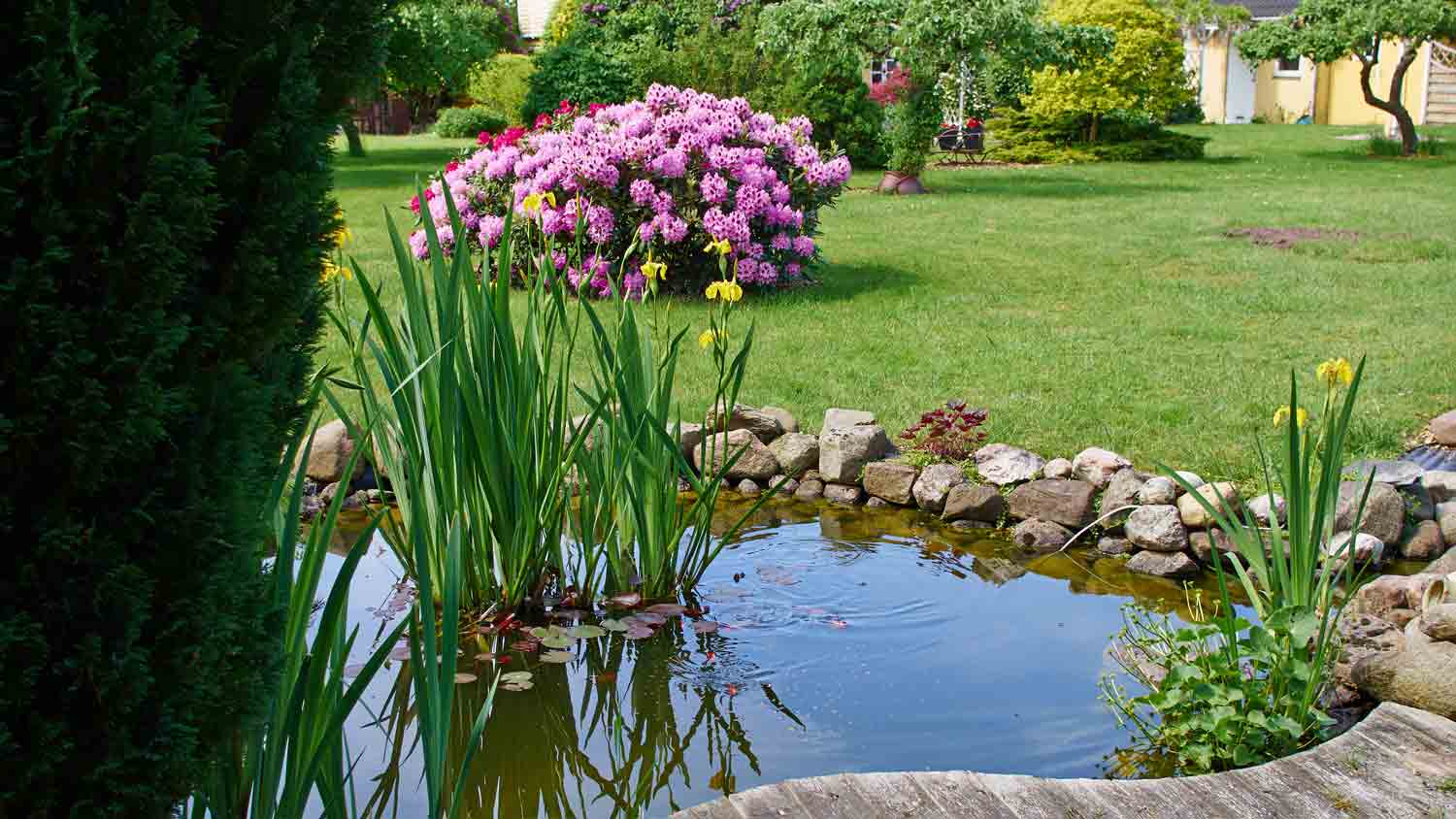
When building a pond, you’ll have to choose a pond liner, which come in various materials and sizes. So, what size pond liner do you need? Let’s break it down.